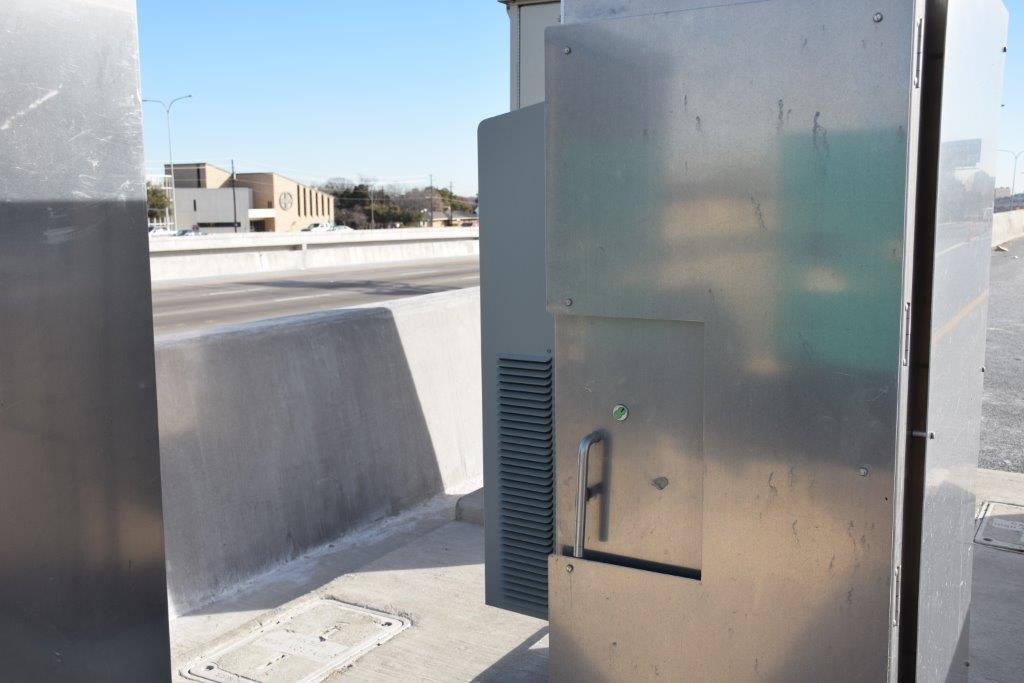Understanding Heat Transfer in Electrical Enclosures
 When excess heat is generated in electrical enclosures, it must be transferred outside the enclosure to help protect the sensitive components inside. Temperatures inside an electrical enclosure that exceed the maximum operating temperatures of the components inside can result in equipment damage or even failure.
When excess heat is generated in electrical enclosures, it must be transferred outside the enclosure to help protect the sensitive components inside. Temperatures inside an electrical enclosure that exceed the maximum operating temperatures of the components inside can result in equipment damage or even failure.
Heat transfer always occurs by heat moving from a warmer area to a cooler area. In the case of electrical enclosures, heat will move outside the enclosure when the ambient air temperature outside is lower. On the other hand, if the temperature outside the enclosure is higher, heat will not be able to dissipate from inside the enclosure and the enclosure temperature will rise.
Depending on the ambient temperature outside the enclosure and the temperature generated by the components inside, different types of heat transfer solutions can be used.
Heat Transfer in Electrical Enclosures
Three types of heat transfer mechanisms can be used to cool electrical enclosures:
- Natural convection/conduction – This type of cooling happens naturally when the ambient temperature is lower than that inside the enclosure. Heat generated by electrical components rises through the air inside the enclosure and transfers through the walls of the enclosure to the cooler air outside, consequently lowering the temperature inside. This is certainly the most affordable cooling solution, but it is rare that it is actually viable because temperature differentials are generally not large enough to provide sufficient cooling for most electrical enclosures.
- Forced convection – Forced convection cooling capitalizes on natural convection and enhances it with fans or blowers. As outside air is pushed through the system, it carries the heat generated inside the enclosure through an exhaust vent to the outside. Filtered fans for electrical enclosures provide this type of cooling for applications that do not require protection from airborne contaminants or ambient humidity.
- Closed-loop cooling – When the temperature inside the enclosure must be reduced lower than the ambient temperature, or when airborne contaminants or humidity are an issue, a closed-loop cooling solution is the best option. Air to air heat exchangers provide closed-loop cooling for applications when the ambient temperature is lower than the enclosure temperature, while air conditioners are the right choice for situations when the ambient air temperature is higher than the desired enclosure temperature.
Most industrial applications require a closed-loop cooling solution, either because of high ambient temperature or because of a need to protect against dirt, dust, or humidity.
Thermal Edge provides electrical enclosure cooling solutions for a wide range of applications. In addition to forced convection systems such as filtered fans, we also provide closed-loop cooling solutions such as air to air heat exchangers and air conditioners. Contact us today to learn more.
What type of cooling solutions do you currently use for electrical enclosures?


